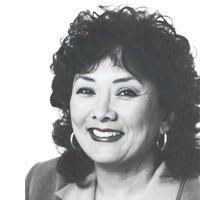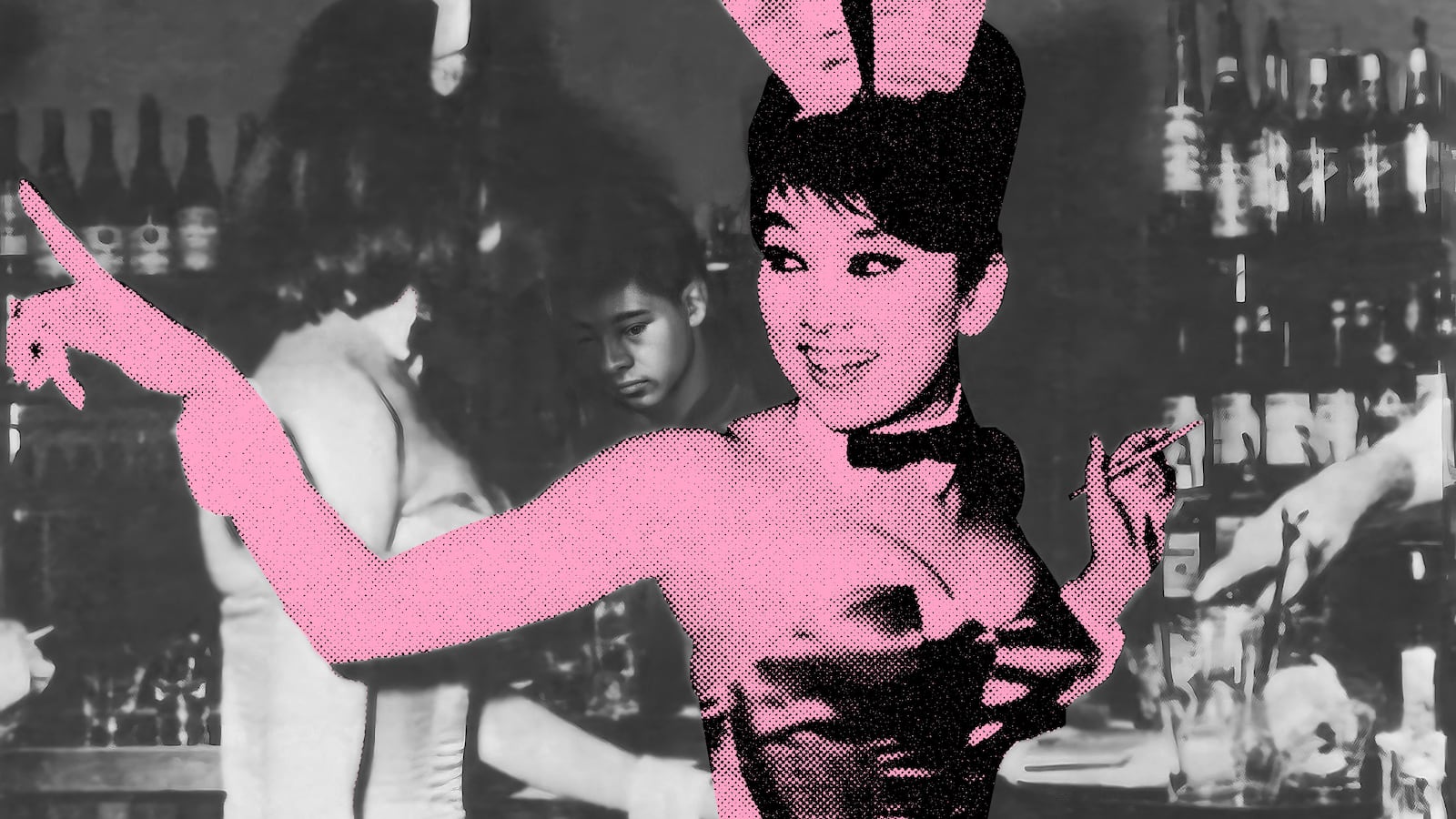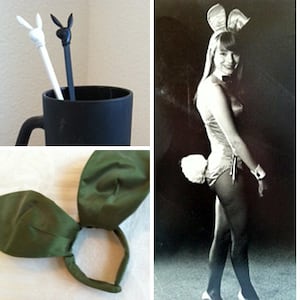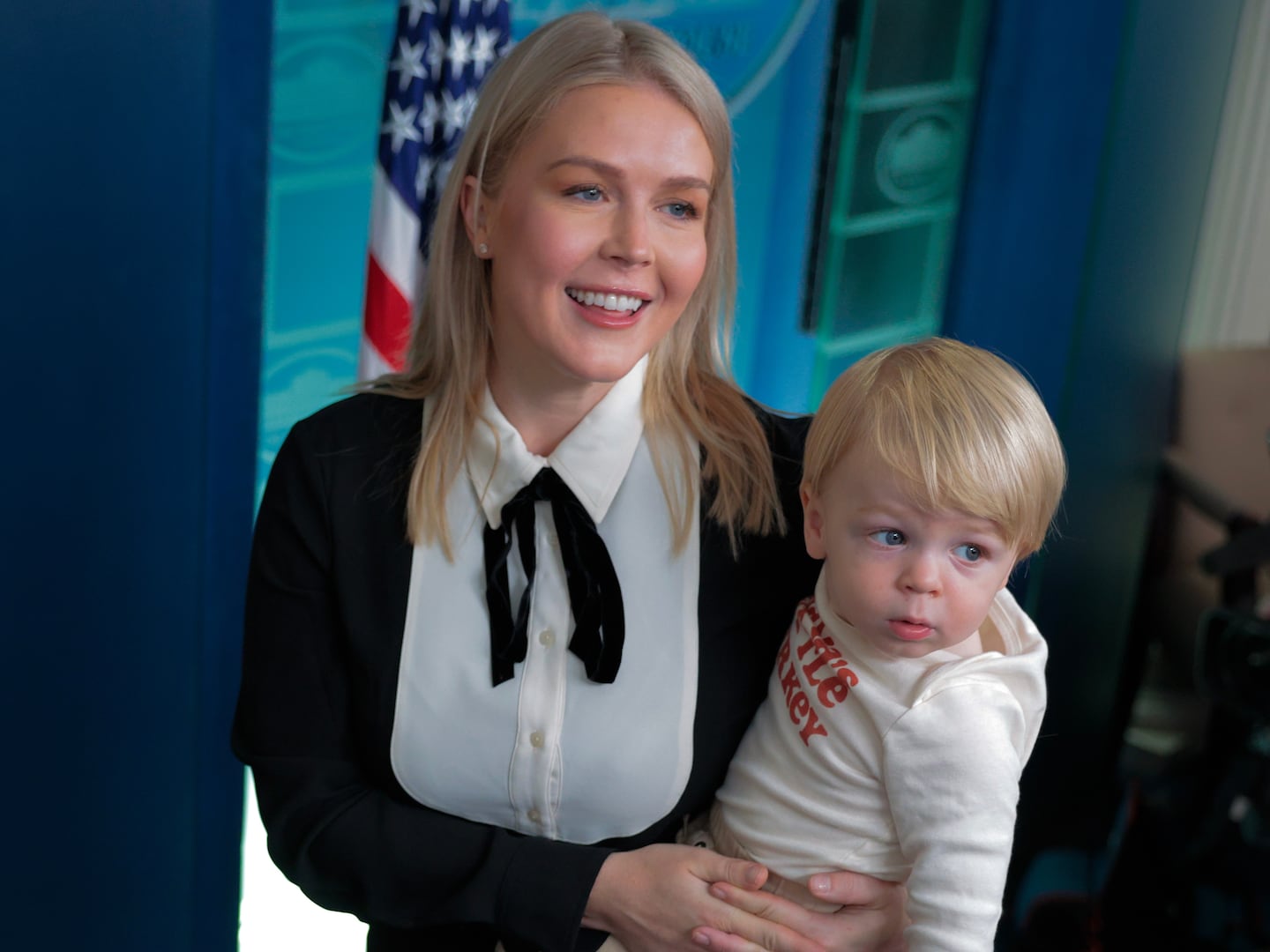Gloria Steinem and I briefly crossed paths 60 years ago—and I’m finally coming to terms with it. I was Gloria’s training Bunny at the New York Playboy Club in 1963. In her two-part Show magazine article, “A Bunny’s Tale,” she referred to me as the “Chinese Bunny who stuffed her costume with gym socks.”
Gulp, that was me—a 19-year-old, third-year math major at Hunter College, teaching 28-year-old Gloria Steinem, a Smith College graduate, how to do the Bunny dip while serving a gin rickey.
At the time, Gloria was also employed as a journalist assigned to write an exposé on the newly opened Manhattan Playboy Club. I didn’t know that at the time. No one did.
I’d enrolled at Hunter College at age 16, immediately after graduating from high school. I was carrying a heavy class load and needed a break when I saw an ad in The New York Times: Girls, Be a Star! Step Into the Spotlight and Be a Playboy Bunny! With literally thousands of young women auditioning, getting hired as one of the first of the 110 Bunnies employed at the club really did make me feel like a star.
Besides, the ad promised earnings of $200 a week, the equivalent of $2,000 today. Compliance with New York State law meant that Bunnies under 21 couldn’t work in the Club after 7 p.m. The real money was to be made by the older Bunnies working the showrooms that featured great jazz and entertainers such as Peter Allen, Dick Gregory, Lainie Kazan, Lily Tomlin, and George Carlin.
The New York Playboy Club did not open as a members-only key club, so we were jam-packed with cash-paying customers. Working the lunch and cocktail shift five days a week, my average income in cash tips was $300-$500. Allowing for inflation at 9.86 percent (1963-2022), that’s the equivalent of $4,000 for a 15-hour work week—the buying power of almost $200,000 per year today: Not bad for a 19-year-old college student! Bunnies working nights—generally a four-day work week—reportedly made $1,000. That’s more than $475,000 a year today. Yet, Bunny Gloria claimed that after working an eight-hour night shift, she only made $29.85 in tips. Huh?
At a time when it was difficult for a single woman to obtain a credit card or mortgage solely in her own name, quite a few Bunnies bought their first car or apartment with their cash tips.
Let’s say “recollections may vary” about what Gloria stated in her article and what Bunnies who worked with her at the time experienced—but that’s not what sticks in my craw all these years later.
Instead of an exposé that had the effect of denigrating, marginalizing, and portraying the young women she worked with as victims, Gloria could have written a groundbreaking feminist article about what many of us experienced at the Playboy Club in 1963: Diversity in the workplace, financial freedom, education subsidies, and flexible work schedules to accommodate single moms and full-time students.
Many of us, who were nearly a decade younger than Gloria and considered ourselves to be in the vanguard of what was then called “Women’s Lib,” saw things very differently than she did.
At some point during her scant three weeks of employment at the club, Gloria claims to have had an epiphany: “All we are is waitresses!” I’m not sure how she missed this in the job description and training period, but the rest of us figured that out at the get-go. Serving food and drink in a Bunny costume was an entry-level job, no experience required. Playboy was clear that this was not a career path and was never meant to be. Playboy wanted Bunny turnover; hence tuition subsidies as inducement to finish our studies and move on.
The job was a steppingstone, providing money to complete our educations, launch careers, and become financially independent at an early age. Former Bunnies became lawyers, teachers, doctors, scientists, entrepreneurs, and CEOs. We were hardly “dumb Bunnies,” and some of us were even card-carrying Mensa Bunnies, who worked monthly Mensa luncheons at the club. “Hi! I’m your Mensa Bunny Jolly.”
Diversity was prized at Playboy. The year the New York club opened, Hugh Hefner bought back two franchise clubs, Miami and New Orleans, because of their racial bias toward both customers and employees. In the New York club, 15-17 percent of Bunnies were minorities, including African American, Latino, and Asian women—including me.
I was born in Chungking, China, the daughter of Chinese Americans, both explorers and naturalists. My father, a famed mountaineer, was a major general in Chiang Kai-shek’s Chinese nationalist army prior to Pearl Harbor, and later a brigadier-general in the American army, earning the Medal of Freedom, two Silver and three Bronze Stars, three Legion of Merit and the World War II Congressional Gold Medal. My mother is recognized as the first American woman explorer of the Tibetan and Himalayan regions, and both parents are renowned for their giant panda expeditions. I had a lot to live up to!
Nearing graduation from Hunter, my mother rightly asked, “What are you going to do with your life?”
The answer was a 40-year career as an IT specialist, thanks to my introduction to an early computer programming course at Hunter—and my work assisting the Bunny Mother with scheduling. The Bunny schedule was a tedious, time-consuming task using pencils, erasers, and a messy mimeograph machine. So many factors came into play with Bunny scheduling: school and child care commitments, age (only women over 21 could work the night shift), ability (only the most experienced could handle show rooms) and myriad individual Bunny requests and preferences. One day, when a handwritten master list disappeared, we were lost. As I started over from scratch, I figured there had to be an easier way. The Bunny schedule became my class project and first computer programming challenge. On the floor, as Bunnies called in drink orders, checked a keyholder’s credit, and totaled bar checks, I envisioned what computers could do.
At Playboy, I also learned negotiating skills as one of the small group of Bunnies fighting to stave off management’s efforts to bring in a “sweetheart” union. The experience was an important lesson in the delicate process of neutralizing emotional responses to rumors and intimidation. The time I spent as an assistant Bunny Mother gave me my first taste of scheduling resources and team building—putting together groups that play to everyone’s strengths.
In 1966, I was hired by Blue Cross and developed their first customer on-line inquiry system. Three years later, I became the second highest ranking woman in the company—and I still wasn’t making what I’d earned as a Playboy Bunny!
What Playboy did not prepare me for, was becoming a pioneer in a male-dominated work environment. I had come from a workplace where a young, female workforce held power and earned more than their immediate male superiors, the Room Directors. Playboy valued diversity, but as a young, Asian American female I was looked upon in the corporate world as a “token” filling minority quotas. I went on to work for several corporations, and it was often a surprise to wives attending company functions to discover that I was a) non-clerical, b) management, c) single, d) their spouse’s boss.
In the time that I worked at Playboy, I was never in a position where I had to fight off advances: clearly defined rules and penalties eliminated a lot of unsavory situations. If anything, Bunnies worked in a safer environment than many of our contemporaries with jobs as salesgirls, office workers or, indeed, waitresses—and we earned better pay.
If only Gloria saw what her Bunny workmates saw back then and had written about a workplace environment that afforded young women so many benefits—along with the fun of working in a glamorous, celebrity-packed nightclub that had the best entertainment in town. I met the Beatles at the Club; appeared as a guest on several TV talk shows; played a role in the movie How to Murder Your Wife; and dined with Steve McQueen. I also got early media training giving magazine and newspaper interviews.
Working as a Playboy Bunny was a brief interlude in my life that became a stepping stone to a challenging career. For Gloria, working as a Playboy Bunny was an even briefer interlude, but (perhaps to her chagrin) the exposé she wrote also became a stepping stone to her remarkable career as a journalist, magazine editor, lecturer, political activist—and well-deserved legacy as a feminist icon.
All these years later, as we still struggle with issues such as diversity, racial bias, and gender equality, I wish Gloria had put aside her assignment to write an exposé and had really seen us. We were young women every bit as ambitious as she was. We saw opportunity and made it our own. For that matter, I wish she’d regarded her training Bunny as more than just the Chinese girl who stuffed her costume with gym socks. We were on to something, Gloria.







